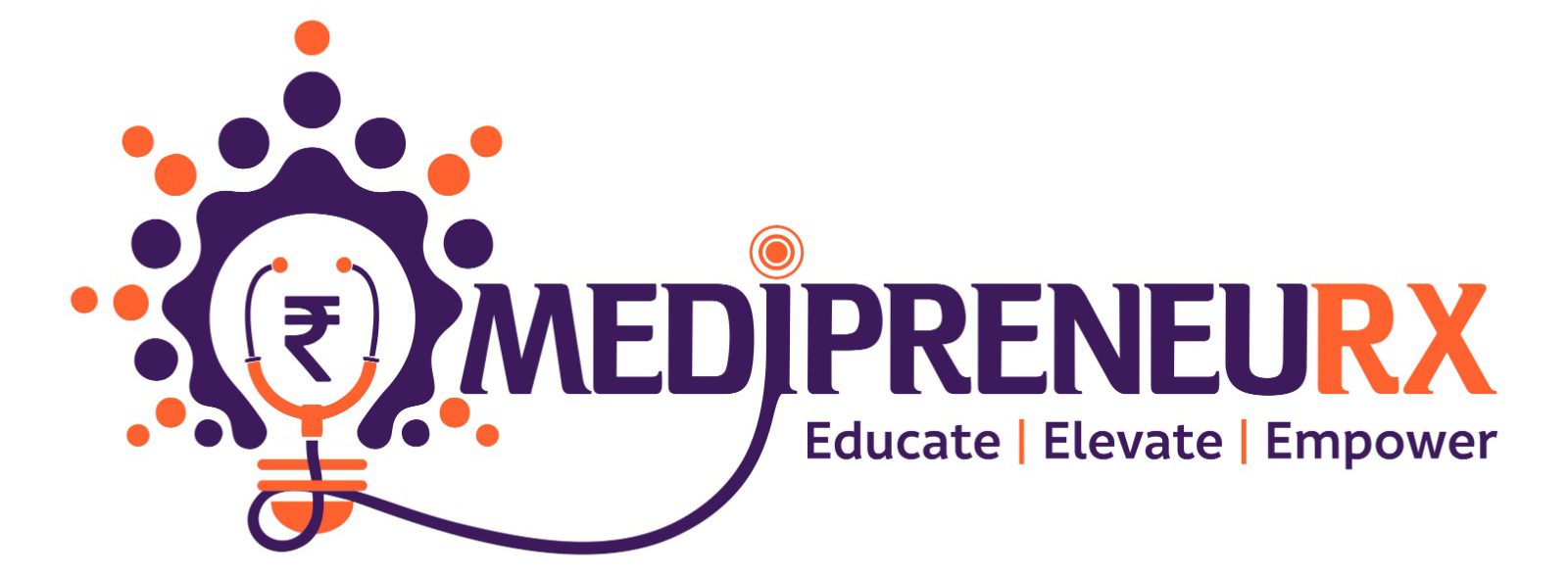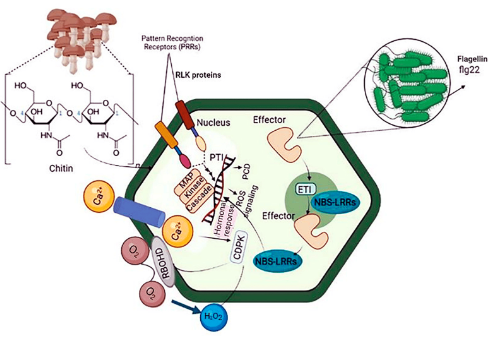According to a study, Indian medical colleges perform well in rankings but struggle in research.
Despite the government’s ambitions to offer 75,000 more medical seats over the next five years, a recent study has raised concerns about the quality of medical education in India.
Union Finance Minister Nirmala Sitharaman declared in her February 1 Budget statement that there had been a 130 percent rise in undergraduate and postgraduate medical seats during the previous ten years, totalling about 1.1 lakh. In order to reach the target of 75,000 extra seats by 2029, she also disclosed plans to add 10,000 more seats in the upcoming year.
A worrying picture is painted by a study that was published in the Indian Journal of Vascular & Endovascular Surgery. Indian medical schools do well in the classroom, but they fall short in terms of research production and international recognition.
Results of the Research
The study, Strengths and Weaknesses of Top Indian Medical Colleges across Key Domains, was carried out by faculty members from a variety of medical institutions. The top 50 medical schools included in the National Institutional Ranking Framework (NIRF) 2024 were the subject of an analysis of the rankings.
According to the study, medical schools did poorly in Research and Professional Practice (RP) and Perception (PR), but they did well in Teaching, Learning, and Resources (TLR) and Graduation Outcomes (GO). These differences jeopardise India’s goal of leading the world in healthcare.
Inadequate Research in Indian Medical Schools
Even though the top 10 schools included Christian Medical College Vellore, PGIMER Chandigarh, and AIIMS Delhi, a more thorough examination showed ingrained disparities in research contributions. According to the report,
Perception (PR) was considerably lower at 33.41 than the average Research and Professional Practice (RP) score of 36.46.
More than 25% of research articles were from a small number of institutes, including NIMHANS, PGIMER, CMC Vellore, and AIIMS.
Over half of the top-ranked medical schools conducted little or no research.
A number of variables led to the subpar research performance:
Limited Research Funding: A lot of institutes don’t have enough money to conduct top-notch research.
Absence of Research Infrastructure: Many universities do not have access to state-of-the-art labs and research facilities.
Clinical Teaching Focus: Faculty and students are frequently less motivated to participate in creative research projects when patient care is prioritised.
Bureaucratic Obstacles: Prolonged approval procedures and trouble obtaining research money reduce output.
Inadequate foreign Collaborations: Opportunities to publish high-impact research are limited by a lack of partnerships with foreign research organisations.
Concerns regarding the rankings’ measurement of research production were also raised by the study. Institutions that prioritise publication volume above significant, high-caliber research typically receive higher ratings. Furthermore, rather than publishing for true scientific advancement, some universities do it to fulfil institutional quotas by publishing in predatory journals. Indian scholars’ access to worldwide platforms is further restricted by the high cost of publishing in reputable foreign journals, which has an impact on their exposure and citation impact.








